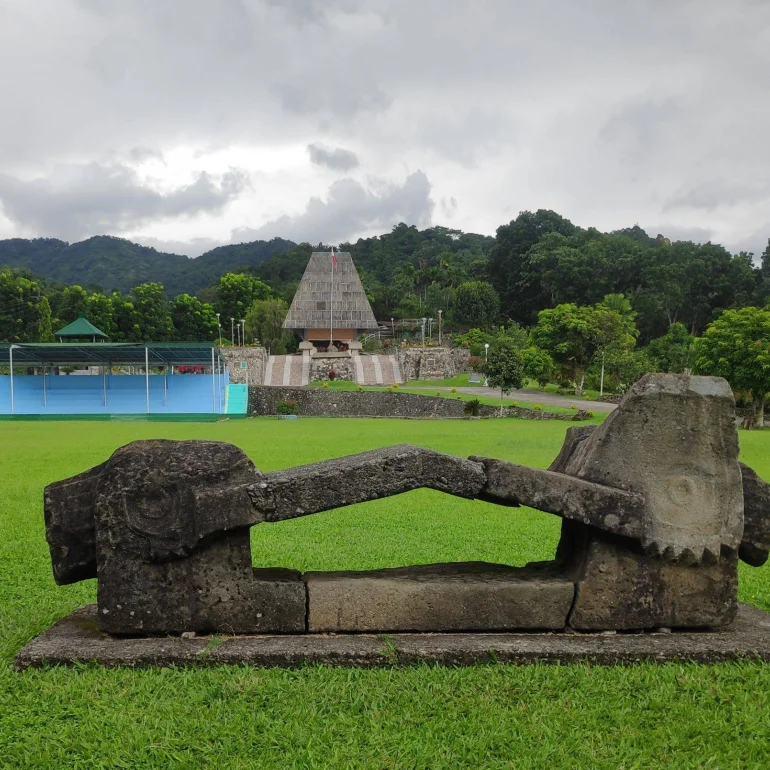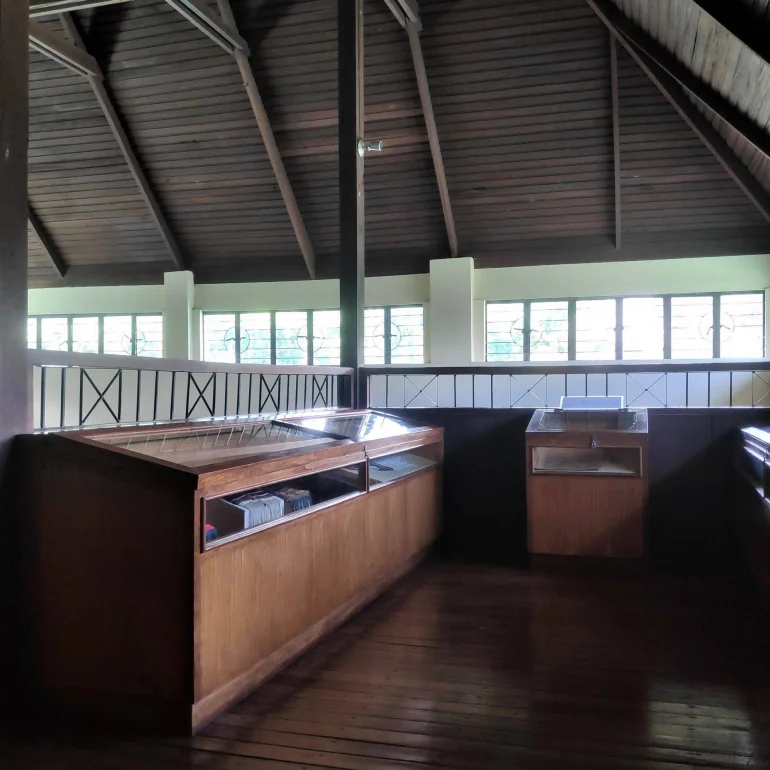NM Cordillera Rice Terraces Regional Museum
The National Museum Cordillera was formerly the Ifugao Museum. The structure that houses the museum was initially built in 1984 as the Ifugao Museum. The then Presidential Assistant on National Minorities (PANAMIN) and the National Museum of the Philippines (NMP) funded its construction, following calls from the community for support from the national government. The Ifugao Museum was inaugurated on March 19, 1984 and its operations were turned over to the NMP on May 30, 1984.
The museum showcases items from the National Ethnographic Collection and other heritage objects entrusted to the NMP that are representative of the material culture of the Ifugao, a group of Indigenous Peoples in the Cordillera region.
Current museum holdings include an Ifugao native house; the social status marker bench “hagabi”; rice granary idols “bulul”; early hunting, farming and fishing tools; traditionally woven textiles and baskets; and other objects that functioned for personal and household use. Moreover, it serves as a repository for artifacts excavated from the Old Kiyyangan Village, which is thus far considered as the earliest settlement of the early inhabitants of Ifugao.
In addition to its exhibition of collections, the National Museum Cordillera also offers guided tours, lectures, technical assistance to researchers and on-the-job training programs for students. The NMP is also oriented towards developing new exhibitions that would feature the Ifugao Rice Culture and the integrated system that makes and sustains the rice terraces of the Cordillera.


